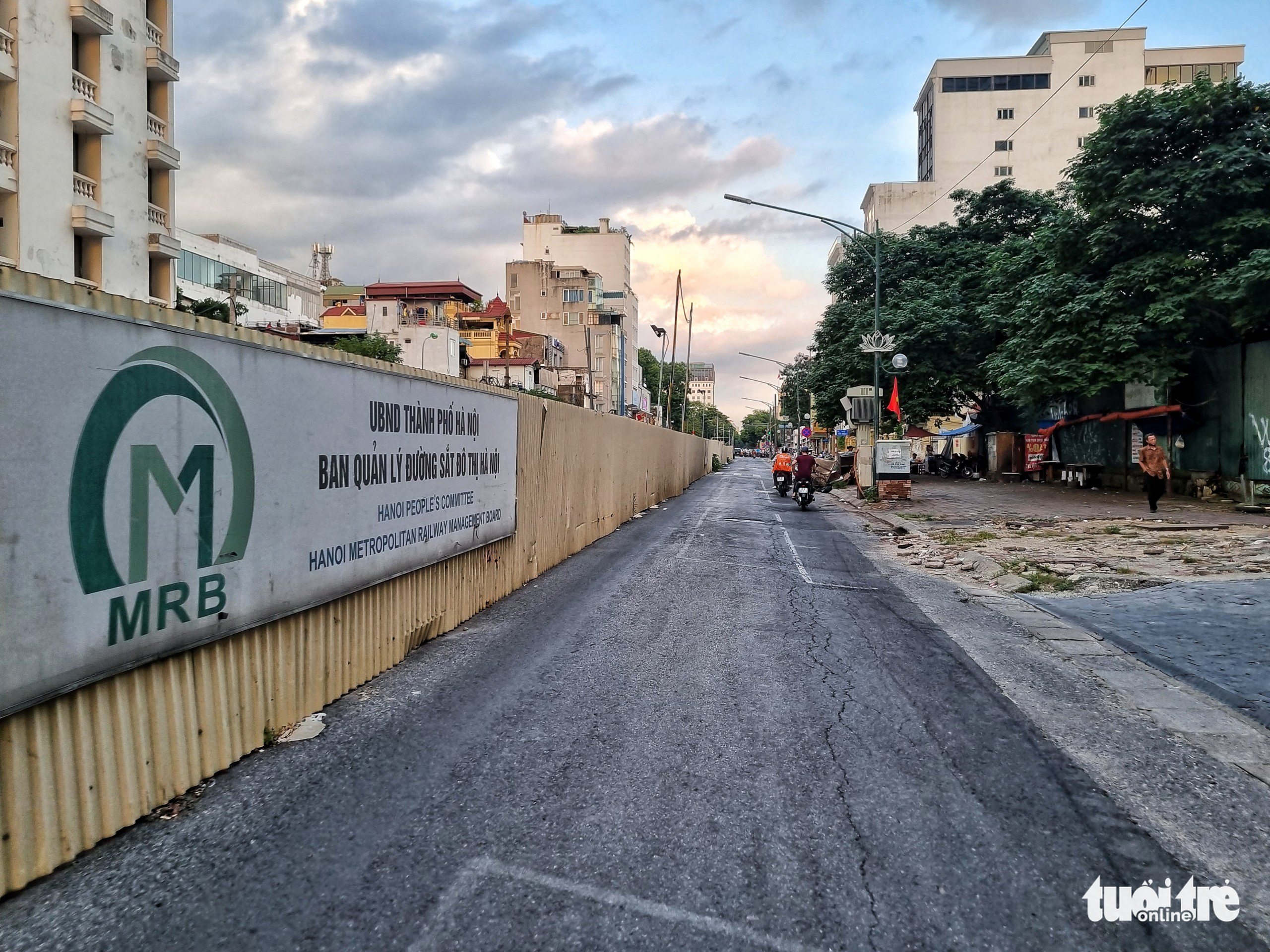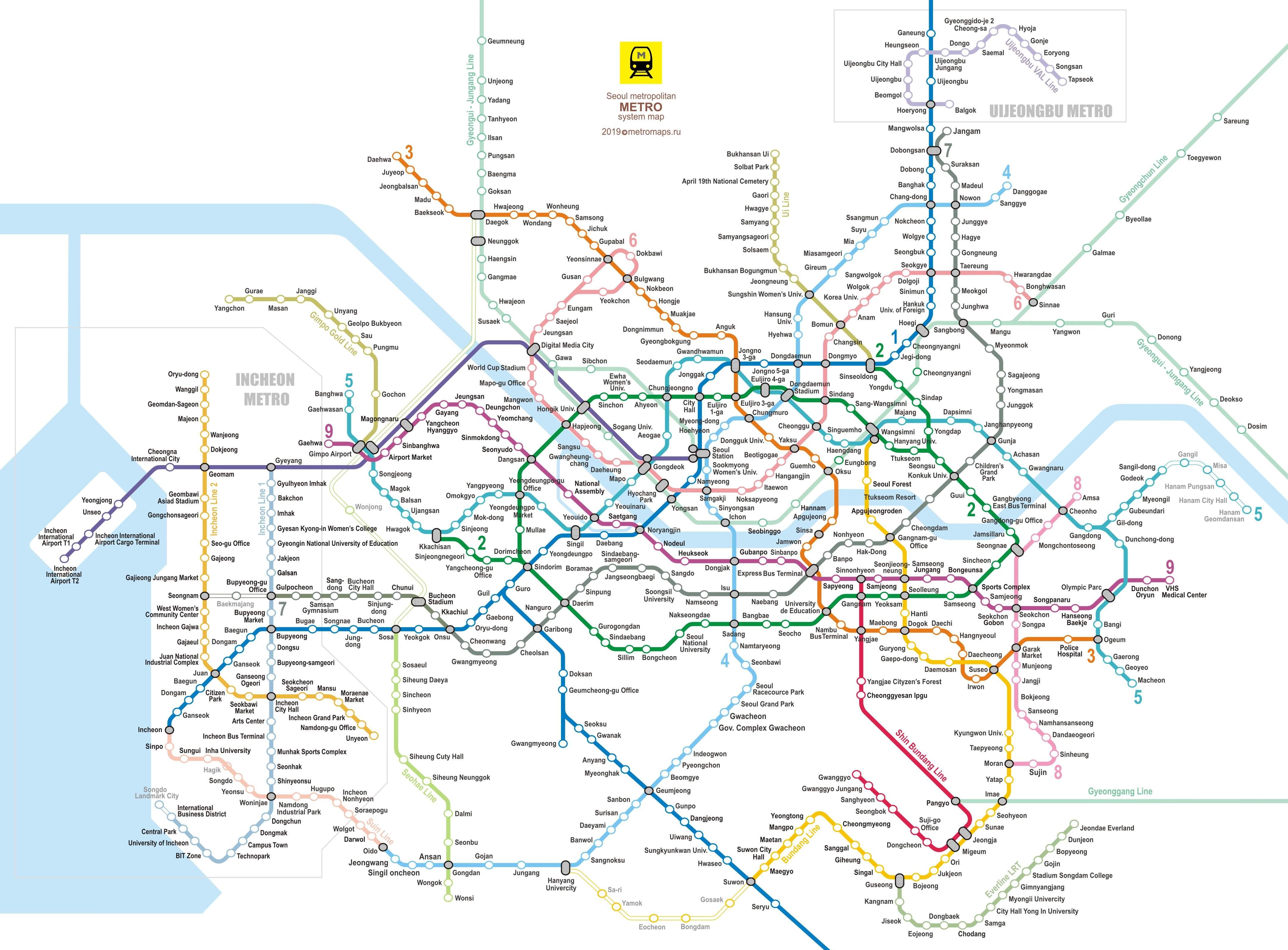Seoul's M2 Metró: A Comprehensive Guide to the City's Second Metro Line
Editor's Note: The much-awaited "M2 Metró: A Comprehensive Guide to Seoul's Second Metro Line" has finally been published today. This guide is an indispensable resource for anyone looking to navigate Seoul's vast and efficient metro system.
Our team has spent countless hours analyzing data, compiling information, and consulting with experts to create this guide. We've left no stone unturned in our quest to provide you with the most comprehensive and up-to-date information on the M2 Metró.
Key Differences:
| Feature | M2 Metró | Other Metro Lines |
|---|---|---|
| Length | 46.1 kilometers | Varies by line |
| Number of Stations | 36 | Varies by line |
| Operating Hours | 5:30 AM to 12:00 AM | Varies by line |
| Fare | 1,350 won per ride | Varies by distance traveled |
Main Article Topics:
1. Station Overview: A detailed description of each station on the M2 Metró, including its location, accessibility, and nearby landmarks.
2. Fares and Ticketing: A comprehensive guide to the fare structure of the M2 Metró, as well as the various types of tickets and passes available.
3. Transfers and Connections: A detailed overview of the transfer points between the M2 Metró and other metro lines, as well as information on connecting bus routes.
FAQ
This FAQ section provides answers to frequently asked questions and addresses common concerns regarding Seoul's M2 Metró line.
Question 1: What is the M2 Metró line?
The M2 Metró, also known as Line 2, is the second metro line constructed in Seoul, South Korea. It runs from the northwestern to the southeastern parts of the city.

Hanoi needs additional mn, 5 more years to complete second metro - Source tuoitrenews.vn
Question 2: What are the operating hours of the M2 Metró?
The M2 Metró operates daily from 5:30 AM to 12:30 AM.
Question 3: What is the fare structure for the M2 Metró?
The fare varies based on the distance traveled, with a minimum fare of 1,350 won. Passengers can use T-money cards, cash, or credit cards for payment.
Question 4: Are there any major landmarks or attractions along the M2 Metró line?
Yes, the M2 Metró line serves several notable landmarks, including Hongdae, Sinchon, Ewha Womans University, Seodaemun Prison History Hall, and Lotte World.
Question 5: Is the M2 Metró accessible for individuals with disabilities?
Yes, all M2 Metró stations are equipped with elevators and ramps to ensure accessibility for individuals with mobility impairments.
Question 6: Are there any future plans for the M2 Metró line?
Currently, there are no major expansion plans for the M2 Metró line. However, the Seoul Metropolitan Government is continuously studying and reviewing transportation needs to enhance the efficiency of the city's public transportation system.
By providing answers to these common questions, this FAQ section aims to assist individuals in using the M2 Metró line effectively and conveniently.
Continue reading the guide for more detailed information on the M2 Metró, including station information, transfer points, and travel tips.
Tips
Check M2 Metró: A Comprehensive Guide To Seoul's Second Metro Line for a comprehensive guide about the Seoul subway system.
Tip 1: Use the T-Money card for convenience.
The T-Money card is a rechargeable fare card that can be used on all public transportation in Seoul, including the M2 line. It is convenient and saves time as you do not need to purchase individual tickets for each ride.
Tip 2: Check the train schedule before traveling.
The M2 line operates on a regular schedule, but it is always a good idea to check the train times before you travel. This will help you plan your trip and avoid any delays.
Tip 3: Stand in the designated waiting areas.
There are designated waiting areas on the M2 line platforms. Please stand behind the yellow lines and wait for the train to arrive. This will help to ensure the safety of all passengers.
Tip 4: Be aware of your surroundings.
The M2 line is a busy subway line, so it is important to be aware of your surroundings. Pay attention to your belongings and be aware of any suspicious activity.
Tip 5: Do not eat or drink on the train.
Eating or drinking on the M2 line is not allowed. Please refrain from consuming food or beverages on the train.
Tip 6: Be respectful of other passengers.
The M2 line is a shared space, so it is important to be respectful of other passengers. Please keep your voice down and avoid disturbing others.
Tip 7: Use the M2 line to explore Seoul.
The M2 line can be used to explore many of Seoul's most popular attractions, including the Dongdaemun Market, the Lotte World Tower, and the Seoul Arts Center.
Tip 8: Have a safe and enjoyable trip!
The M2 line is a convenient and reliable way to travel around Seoul. Please follow these tips to have a safe and enjoyable trip.
We hope these tips have been helpful. For more information about the M2 line, please visit the official website.
M2 Metró: A Comprehensive Guide To Seoul's Second Metro Line
Seoul's M2 Metró, inaugurated in 1984, serves as a vital artery for the city's transportation system. This comprehensive guide delves into six key aspects essential to understanding the significance of this metro line.
- Historical Significance: Second metro line in Seoul, pivotal in the city's transportation evolution
- Operational Efficiency: High-frequency service, connecting major districts with ease
- Accessibility and Convenience: Extensive network, seamlessly integrated with other transit systems
- Cultural Landmarks: Passes through areas rich in historic and cultural significance
- Economic Catalyst: Supports business and tourism, fostering urban development along its route
- Future Expansion: Plans for extensions to enhance connectivity and meet growing demand
The M2 Metró's historical significance as the second metro line in Seoul underscores its role in shaping the city's transportation infrastructure. Its operational efficiency ensures seamless connectivity, while its accessibility and convenience make it an indispensable part of daily life for residents and visitors alike. The line's proximity to cultural landmarks adds to its appeal, offering riders a glimpse into Seoul's rich heritage. Furthermore, its role as an economic catalyst highlights the transformative impact it has had on the city's development. The planned expansions for the M2 Metró demonstrate its commitment to meeting the evolving needs of Seoul's dynamic urban landscape.
M2 Metró: A Comprehensive Guide To Seoul's Second Metro Line
The M2 line is an important part of Seoul's metro system, connecting many of the city's major landmarks and business districts. It is also a popular tourist destination, as it passes by many of Seoul's most famous attractions.

SEOUL & INCHEON METRO - Source www.metromaps.ru
The M2 line is a valuable resource for both residents and visitors of Seoul. It is a convenient and affordable way to get around the city, and it can help you avoid the traffic congestion that is common in Seoul.
If you are planning to visit Seoul, be sure to take advantage of the M2 line. It is a great way to see the city and get around quickly and easily.
Here are some of the highlights of the M2 line:
Challenges:
Key Insights:
Conclusion
The M2 line is a vital part of Seoul's transportation system. It is a convenient and affordable way to get around the city, and it can help you avoid the traffic congestion that is common in Seoul.
If you are planning to visit Seoul, be sure to take advantage of the M2 line. It is a great way to see the city and get around quickly and easily.